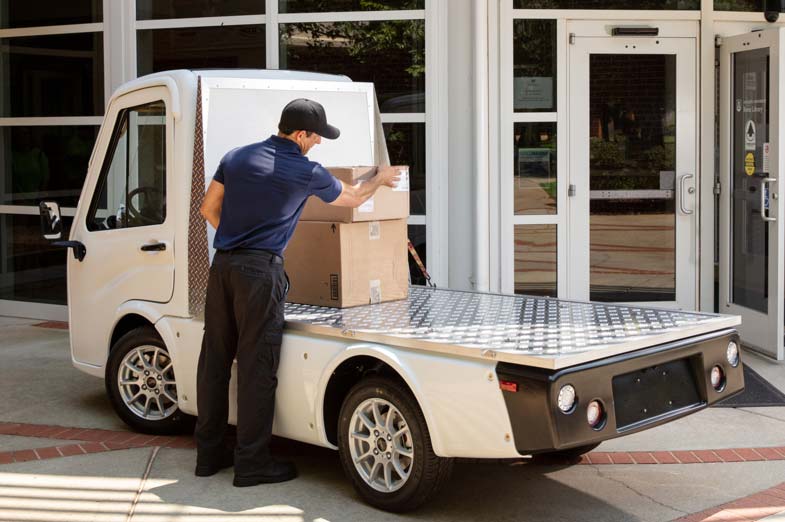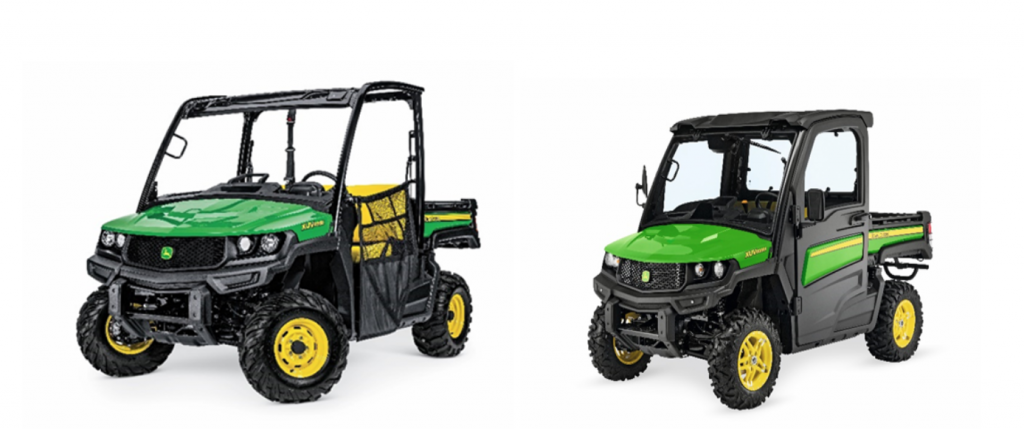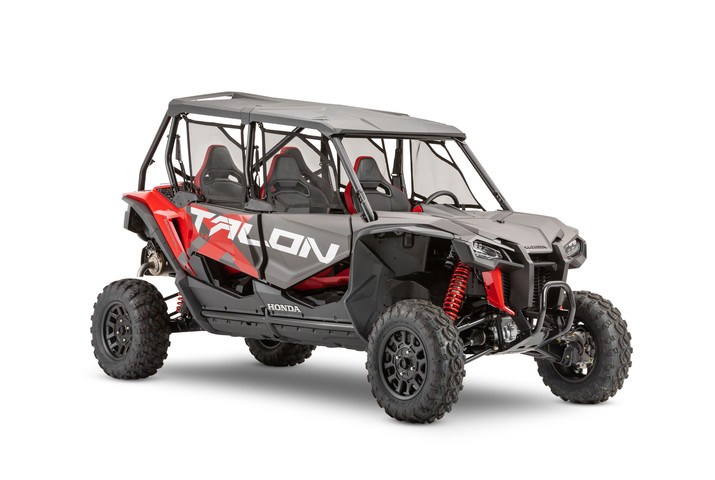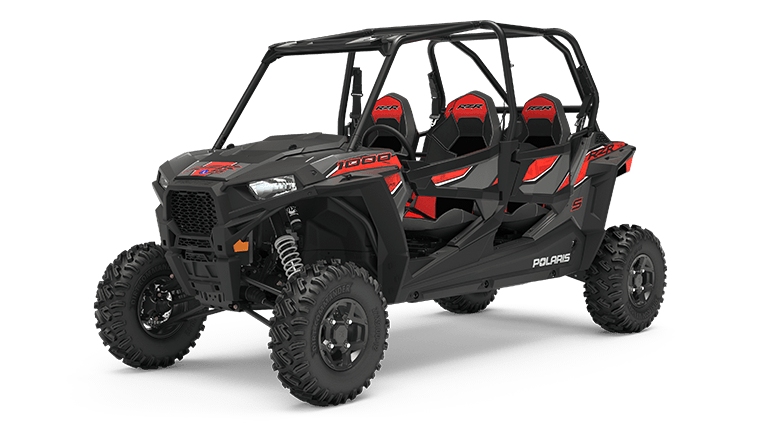
The Mobility Tech Challenge
New urban and micro mobility technology creates a potential challenge to the existing players in the PTV market. This technology is wide ranging from electric skateboards and electric bikes to three-wheeled and larger autonomous vehicles. While the technology is typically discussed in the context of the urban environment, it can also be well suited to the gated and vacation community markets. These alternative mobility technologies do not provide a head-on, direct competition to PTVs, but neither are they merely tangential. They can challenge the existing PTV players by taking multiple, smaller slices of the market pie. In addition, they are attracting a host of new players and new investment.
Electric Bikes & Scooters
The gated and vacation community skews older so skateboards are probably out, and at first glance electric bikes and electric scooters (Vespa like) may not seem to make sense. However, electric bikes and scooters can offer a slice of the market an alternative transportation experience. An electric pedal assist bike can provide exercise without as much exertion as a traditional bike. In addition, if you already bike, it extends your existing trip range and experiences. Scooters offer an alternative to PTVs for quick single or two-person trips. This technology can also be applied in the form of a bike or scooter share program, providing access to the whole community. A share program would seem well suited to a planned community that has a large enough population and well planned out destination points.
Pros
They are fun to ride and, in the case of bikes, can provide additional exercise opportunities. They are a less expensive alternative, especially if you need an occasional second mode of transportation and have a small footprint. Furthermore, their speed range fits well in the low speed planned community environment. They can also be used to venture outside the community with likely less restrictions than PTVs.
Cons
On the other hand these modes of transportation have some drawbacks that limits their appeal. First, they can only accommodate one or maybe two people in the case of scooters. They have limited carrying capacity for running errands. They also do not provide any protection from the elements or as much collision protection from other vehicles as a PTV does. In addition, older folks may not feel as physically capable of operating these vehicles. Although, the low speed and well planned roadways can ameliorate this issue to some degree.
Three-wheelers & Autonomous Vehicles

On the other end of the spectrum you have larger multi-passenger vehicles that provide a more direct competition to existing PTVs. Vehicles like the FUV can carry two passengers or one with cargo. As a three-wheeler, the FUV can operate at higher speeds and has no restrictions for venturing outside of communities on public roads. At the same time, this vehicle can be speed limited for golf course and planned community use. With autonomous vehicles planned community residents could displace at least some of their PTV usage, and possibly all of it if the the service is robust enough.
Pros
With the ability to travel from golf course to community roads to public roads, the three-wheeled vehicle offers greater versatility than PTVs. Capable of higher speeds, it also has greater functionality than PTVs for certain use scenarios. For autonomous vehicles, the low-speed, well-defined and relatively limited planned community road networks offer an ideal environment. For residents less inclined or capable of driving a PTV, they provide a method to maintain mobility.
Cons
The FUV is currently much more expensive than PTVs and even LSVs. Therefore, customers may not find the increased versatility and functionality worth the price. They also are limited to two passengers, and as a result are less useful for family outings. For autonomous vehicles the technology is still in the development phase. In addition, some customers may prefer the convenience, customization and the statement made by owning a PTV. Furthermore, the cost of this type of service is not currently known.
New Players, Investment & Disruptive Innovation

An additional aspect of urban and micro mobility that PTV manufacturers must contend with is the increased number of market players, capital investment and disruptive product innovations that the technology brings. For example, Harley Davidson and Jeep have revealed at least prototype electric bikes. Completely new companies like Arcimoto have entered the market. Tech companies like Alphabet (Google) and traditional auto manufacturers are developing highly sophisticated autonomous vehicle technology. In addition, you have ride share companies.
PTV manufacturers are potentially at a disadvantage because they have neither the focus of disruptive startups or the financial resources of much larger companies. On the other hand, they do possess strong knowledge of the market and a distribution network to serve the market. They also have experience in developing and manufacturing electric vehicles in a highly competitive environment.
Potential Strategies
One strategy for PTV manufacturers to take is to start developing new mobility platforms themselves. The question is whether they have enough resources and commitment. They would have to balance maintaining their current product lines while trying to introduce entirely new a category of products. Another strategy would be to leverage their distribution and marketing expertise by acquiring or partnering with new market entrants to launch to product categories. They could also decide to keep improving their existing products and manufacturing efficiency. As a result, they could maintain or lower prices while increasing the value of their products. Therefore, new entrants could find market entry to difficult or limited to niche markets. However, compared to the other two strategies, this strategy offers less upside. In addition, it still leaves them vulnerable to a disruptive technology. The first two strategies provides the opportunity to potentially expand into urban markets.
Marc Cesare, Smallvehicleresource.com











